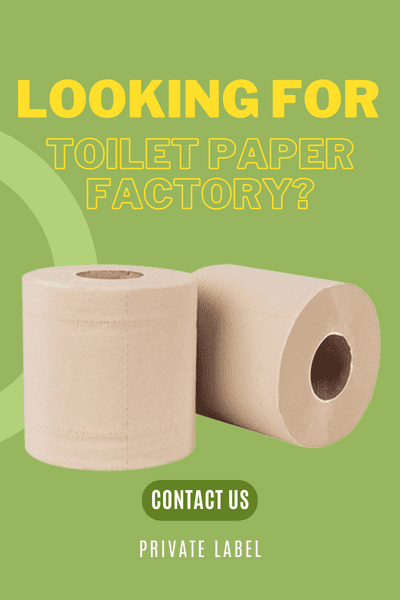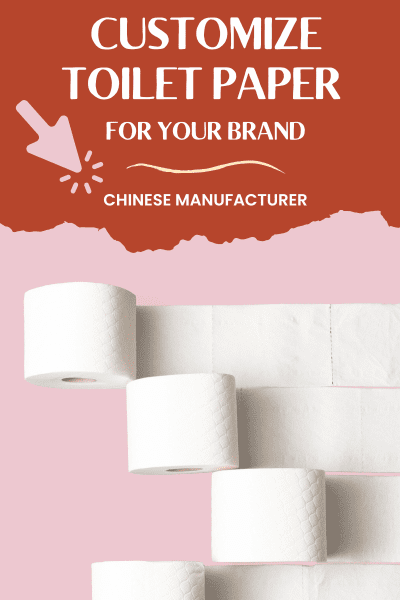1. What Is a Toilet Paper Shortage?
Toilet paper shortage refers to the sudden lack of availability of toilet paper in retail stores, warehouses, or supplier chains—usually caused by a surge in demand or a break in supply.
This issue gained global attention during the COVID-19 pandemic in early 2020, when shoppers in countries like the United States, Japan, and Australia cleared store shelves within days. A combination of panic buying and logistical limitations created prolonged scarcities.
Shortage Intensity by Country:
- United States: Shelves emptied within 48 hours in major metros. Online orders reportedly surged significantly during peak demand periods.
- Japan: Rumors of pulp material shortages led to 3x sales volume spike in 1 week.
- Australia: National chains like Woolworths and Coles enforced per-person purchase limits.
Google Trends shows repeated spikes in “toilet paper shortage” searches during 2020 and late 2022. While no confirmed global shortage occurred in 2024, regional concerns continue.
2. Why Does Toilet Paper Run Out So Easily?
Fragile Supply Chains
Most toilet paper is produced in centralized facilities using pulp sourced from regions like Canada, Indonesia, and Brazil. Vulnerabilities arise when:
- Ports shut down due to lockdowns
- Labor shortages affect factories or logistics
- Export delays are caused by regulations
Consumer Psychology
- Panic buying: Fear of running out triggers bulk purchasing
- Herd behavior: Social media amplifies scarcity panic
- Illusion of control: Buying toilet paper gives a false sense of preparedness
Misinformation
“Toilet paper and masks use the same raw material—if one is out, the other will be too.”
In reality, medical masks use nonwoven melt-blown materials, different from toilet tissue pulp.
3. What Are the Real-World Impacts?
Social Disruption
- Supermarket conflicts over paper rolls
- Rationing policies (e.g. 2-pack limits)
- Neighborhood toilet paper exchange groups
Economic Effects
- Price increases up to 50% in some regions
- Growth in alternative products (bidets, wet wipes, reusable cloths)
Environmental Backlash
- Plumbing issues from non-flushables
- Surge in plastic-packed wipes
- Increased interest in biodegradable bamboo toilet paper
4. How Can You Prepare or Respond to Shortages?
Safe Substitutes
- Safe: Baby wipes (with IWSFG PAS 3), kitchen paper (cut into small pieces), bidets
- Avoid: Newspapers, napkins, facial tissues (risk of clogging)
Smart Purchasing
- Don’t hoard: average use is 50–70 sheets/person/day (NRDC)
- Buy in bulk during stable periods—not during panic
- Prefer brands with localized stock or resilient logistics
Sustainable Solutions
- Reusable cloth (washable using boiling water or 0.05% sodium hypochlorite)
- FSC-certified bamboo toilet paper
5. What Can We Learn from 2020?
Historical Perspective
- Japan: Government issued public reassurance
- USA: Retailers introduced purchase limits
- Europe: Surge in bidet installations
Cultural Context
Toilet paper usage varies globally:
- Japan: Over 80% use smart bidets
- India: Less than 15% usage, water cleaning is standard
- Middle East: Handheld bidets are the norm
- Scandinavia: Public restrooms offer both toilet paper and bidets
6. How Can Future Shortages Be Prevented?
Diversified Supply Chains
- Encourage multiple production zones
- Promote local retailer stockpiling
Public Communication
- Factual messaging from governments and media
- Clarify myths about raw materials and supply
Innovation in Materials
- Explore bamboo, bagasse pulp options
- Use AI-based inventory tracking systems
7. FAQs
Q: Why is there a toilet paper shortage again in 2024?
A combination of rising raw material costs, global freight strain, and renewed panic buying has driven local shortages in some countries.
Q: What can I use if I run out of toilet paper?
Water-based cleaning, baby wipes (flushable), or biodegradable bamboo tissue. Avoid flushing anything not labeled septic-safe.
Q: Is bamboo toilet paper a good option during shortages?
Yes. Bamboo grows fast, is biodegradable, and many suppliers maintain local inventory.
Q: Should I stock up now?
Have enough for 2–3 weeks, but avoid overbuying to prevent artificial scarcity.
Q: How can I prepare my family for the next shortage?
Build flexible habits, reduce overuse, and stay informed about supply levels.
Final Takeaway
Toilet paper shortages are a recurring global issue—but not an unsolvable one. By understanding the causes and responding with practical, sustainable choices, both consumers and suppliers can adapt better in the future.
At Newland Bamboo, we remain committed to building a more resilient, greener tissue supply chain—one roll at a time.
Need a dependable backup option?



